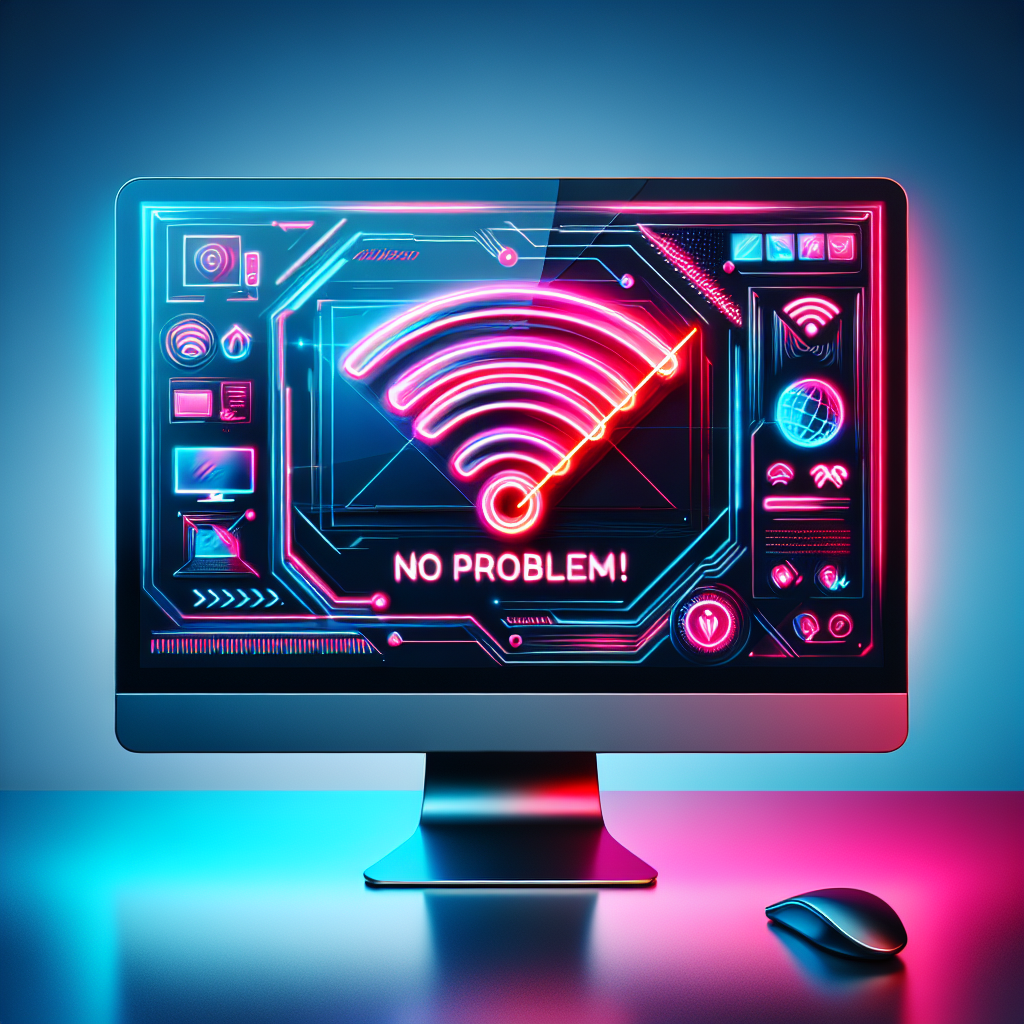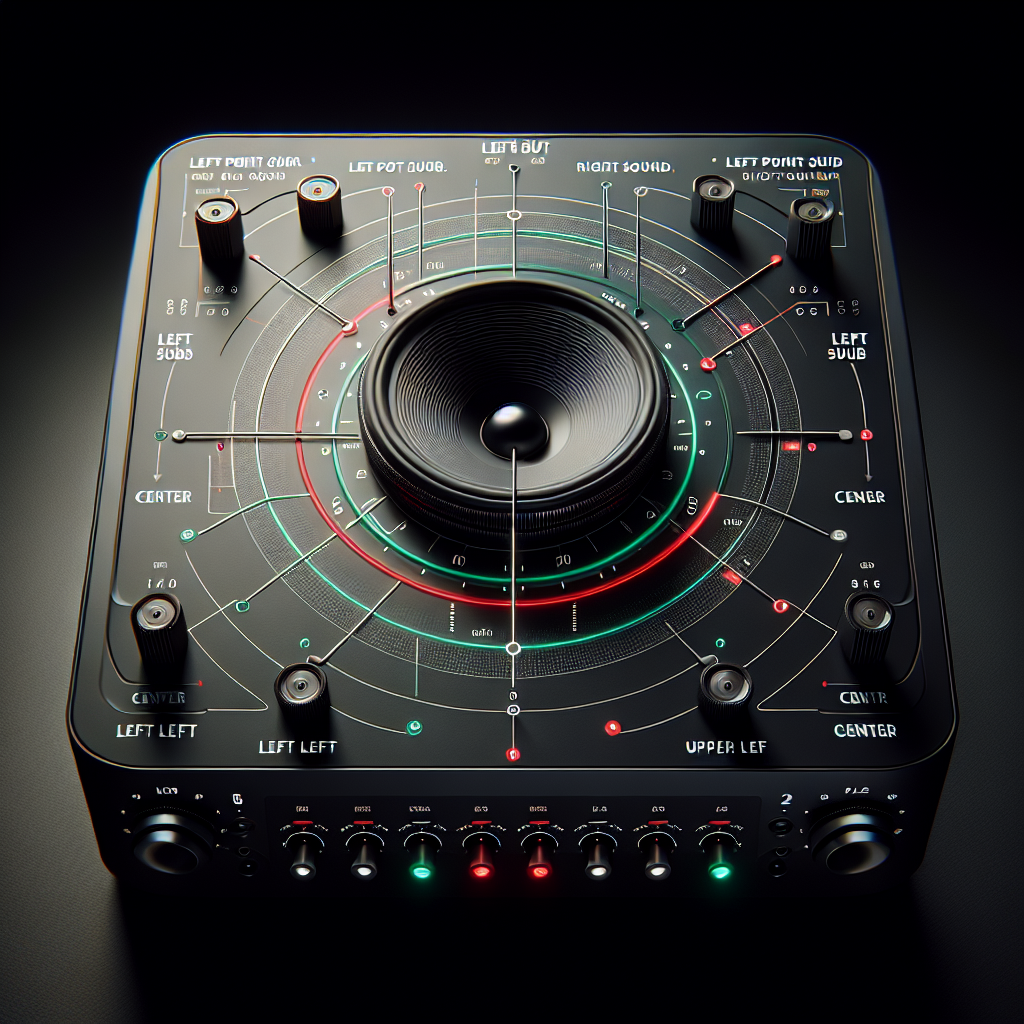Essential Tips for Home Electrical Safety: Running Cables Through Walls
When it comes to enhancing your home’s functionality, running cables through walls is a popular DIY project that can not only improve connectivity but also keep your space tidy. However, the process involves more than just drilling holes and threading wires. It’s crucial to prioritize electrical wiring safety and adhere to proper standards to ensure a safe environment.
Understanding the Basics of Safe Cable Routing
Before you begin, understanding what lies behind your wall is imperative. Use a stud finder to detect studs, electrical wires, and other hidden objects that could impact your installation. This preliminary step will help you avoid costly and dangerous mistakes.
Tools and Techniques for Effective Cable Installation
- Stud Finder: Essential for locating wall studs and avoiding electrical lines.
- Flexible Drill Bits: Ideal for creating passageways in insulated walls with minimal disruption.
- Fish Tape: Helps in routing cables across walls, ensuring the cables are neatly and safely laid out.
Key Considerations to Keep in Mind
Running cables through walls requires attention to detail to ensure both functionality and safety. Here are some critical considerations:
- Avoid running power cables through walls as permanent solutions. Use approved methods like the installation of a Power Bridge if power supply is needed behind walls.
- Maintain sufficient distance between low-voltage cables and power lines to prevent electromagnetic interference and hazards.
- Ensure compliance with the National Electrical Code (NEC) and local safety standards to prevent future legal and safety issues.
Dealing with Insulation and Fireblocks
Insulated walls and fireblocks can present challenges during cable installation. Use flexible drill bits and fish tape to navigate these obstacles effectively, ensuring minimal disturbance to the existing structures.
DIY Safety Checks Before Finalizing the Installation
After running your cables, it’s crucial to perform thorough checks:
- Inspect cables for any damage or wear and ensure they are of high quality to prevent future issues.
- Test the cables to confirm functionality before sealing the walls.
Should You DIY or Hire a Professional?
While many aspects of running cables can be handled in a DIY manner, complex installations or those that require extensive electrical work may warrant the expertise of a licensed electrician. Assess your skills and the project scope carefully before deciding.
By following these guidelines, you can ensure that running cables through walls is done safely and effectively, enhancing your home’s functionality without compromising on safety.






